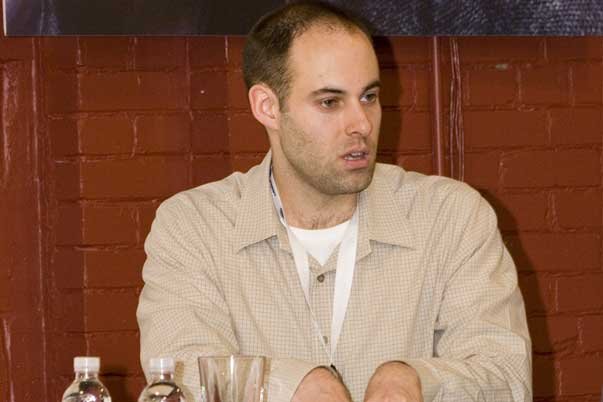Splinter Cell: Conviction - interview
Splinter Cell is only based on light and shadows, say developers
So far, we've had a chance to take a look athow Splinter Cell: Convictionthrows a wrench into the SC gameplay you know and love. We've also caught a glimpse of thechanging face of the series' hero, Sam Fisher. But now we've gone straight to the source, the game's producer, Dany Lepage, to find out more about the evolution the series is undertaking.
GamesRadar: Will enemy AI have any recognition of the light around them? Will it be at all possible to hide in a dark corner?
Dany Lepage: When we began conception of ConViction, we've consciously decided to stay away from light and shadow gameplay since it was such a staple of previous Splinter Cell gameplay. We wanted, instead, to push a new gameplay mechanic that would be as innovative gameplay-wise and technology-wise, in the era of X360 and PS3, that light and shadows were on the Xbox, PS2 and Gamecube. Or, as we like to say on the team: Crowds are the new shadow.

Above: Producer Dany Lepage spills the technological beans
GR: What is the mechanic you have employed that allows Sam Fisher to hide in a crowd?
DL: As a fugitive, Sam is constantly trying to carry out actions without attracting attention on himself. That means passing off as 'just a face in a crowd' when trying to avoid the attention of the cops. But crowds have another useful role when you're a fugitive: they're a great way to distract the authorities. You can push an innocent bystander, say, or steal newspapers from a kiosk owner, and then slowly walk away among a group of people as the cops investigate the disturbance. Just as Sam was the safest in the shadows in previous Splinter Cells, now the crowds are his greatest asset.
Sign up to the GamesRadar+ Newsletter
Weekly digests, tales from the communities you love, and more
GR: How have the levels been designed to allow for active stealth?
DL: In Active Stealth, Sam has to improvise a lot more to achieve his goals. This means most of the means to accomplish his mission will come from the environment, so it's up to the level design to really orchestrate these elements. Whether its objects being spread around the environment, or the movement of crowds, these are all useful tools for Sam to accomplish his objectives. We want the levels to look, on the surface, as living, complex environments; then, as a player will progress through the game, he'll begin to analyze his environment differently: "Maybe if I blend with this crowd here, I can walk past this cop unnoticed, then push this guy hanging out outside the café to draw out the security guard inside, lure him behind the building and ambush him there." In other words, the entire world becomes part of your strategy.


